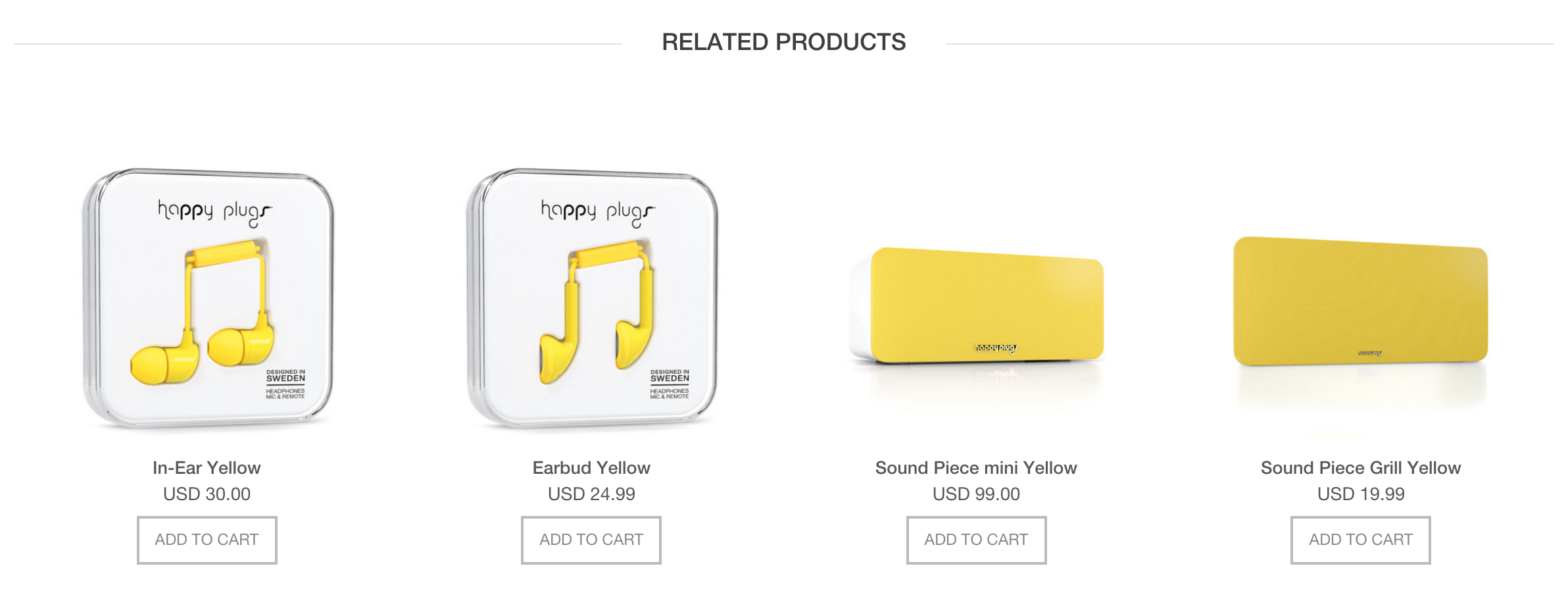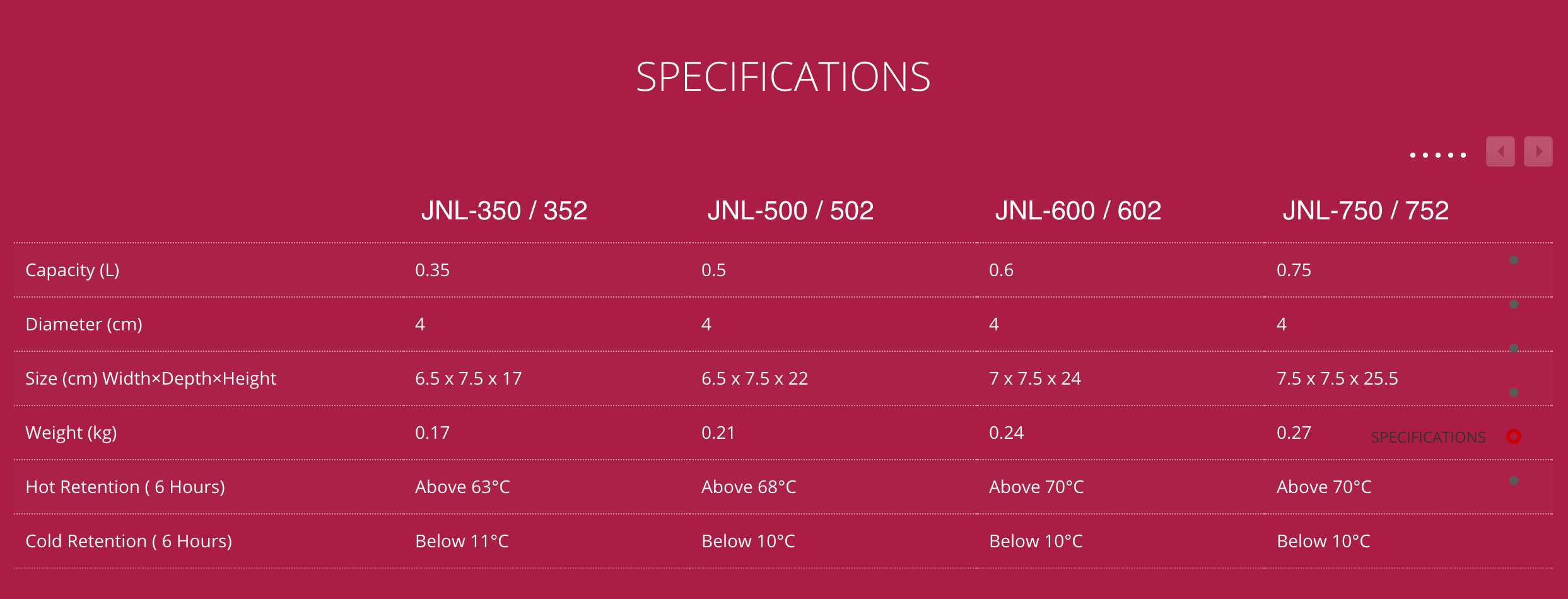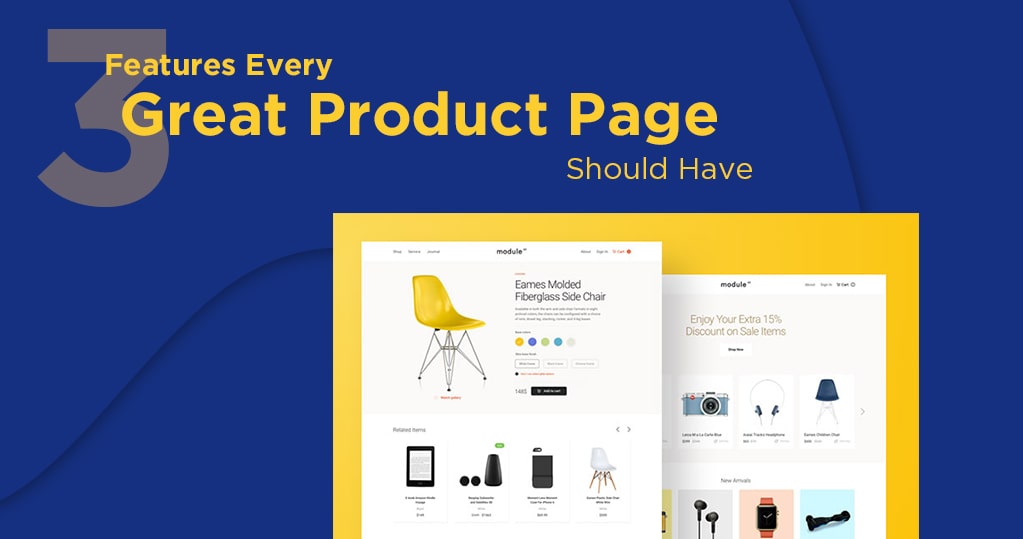Regardless of whether or not an online store is successful depends on dozens and hundreds of individual factors. Success needs that magic mixture of quality products, effective calls to action, smart timing, prominence in search engines, and so on.
One of the many factors — that collects many of these factors — is the product page. These pages can truly make or break an ecommerce store. If they’re great, they can increase your sales; if they’re subpar, well you can guess the rest.
Convincing and entertaining product pages are important if you need your online store to thrive. However, making these pages needs much more than a couple of photos and a line or two of text.
Let’s find out what all these necessary factors are. Ready to learn? Let’s jump right in.
A list of related or matching products
Selling any items in a similar family or set? Or have any products that pair up specifically well? Why not combine them together?
Suggesting related, or well-coordinated products can be a great sale-booster. Buyers might not be aware of matching items unless you tell them. If they get a match while shopping for one item, they’re more likely to check it out.
For example, Happy Plugs allows you to sort products by asking “what color are you today?”…


… the similar products shown on any given page are those that match the same color as the product you’re currently searching for.
While placing related products can sometimes, it’s generally a “one and done” situation that has so many benefits. If you have coordinating or matching products, recommend them to your shoppers and watch the sales roll in.
Important facts, features, or specifications
Product copy is written for enjoyment, for keyword insertion purposes, and branding. On the other hand, your product specifications are for truly information purposes and should be straight to the point.
Shoppers will be searching for a place on your product pages where they can know the following, ideally in bullet point form:
- If the item is to be worn, sizing information
- Materials utilized or included
- Full dimensions, including weight, height, depth…
- The country of origin
- Whether or not extra parts are needed
- Any hazards, warnings, or disclaimers
It’s better to list this information in short, straightforward bullet points below the product description so that buyers can get all the information they need in just a couple of seconds.
While this seems simple enough, there are likewise some amazing variations to be found, particularly on more complex product pages. Thermos Malaysia takes a method that’s best for product variations listed together on one page — best to note for someone who might be in a similar situation.
In this case, one thermos is accessible in multiple sizes, so the specifications enable shoppers to compare each size from the same area:

How you list the item and specifications details is actually up to you, however, the most significant thing to remember is this: they need to be there.
Last, but not least: the ability to easily look for a different item
Finally, there are always the chances that one of your products just won’t work for someone. Nothing personal — perhaps it’s only not what they’re searching for.
In that case, ensure it’s easier for these buyers to start browsing other parts of your catalog. This means:
- Designing your site search visible and accessible from each product page
- Verifying for links to your most significant categories, landing pages, and so on
- Including breadcrumb links from a product page
We believe this post has given you some insight into what goes into an attractive products page, and how you can improve your own.








